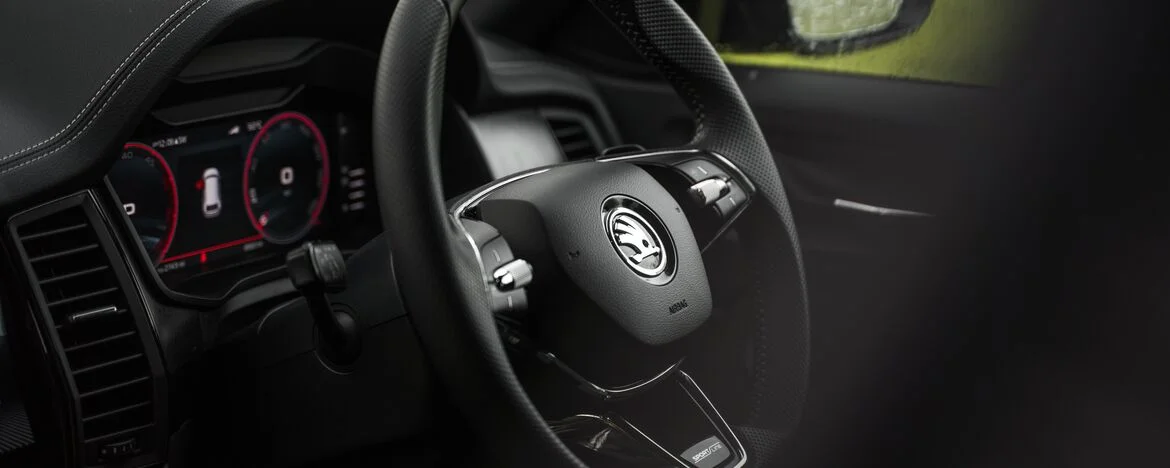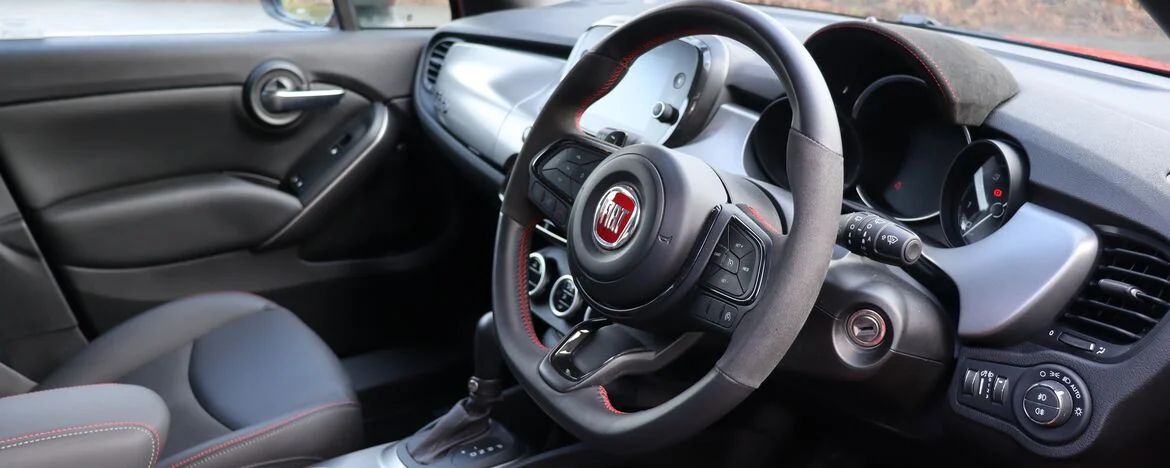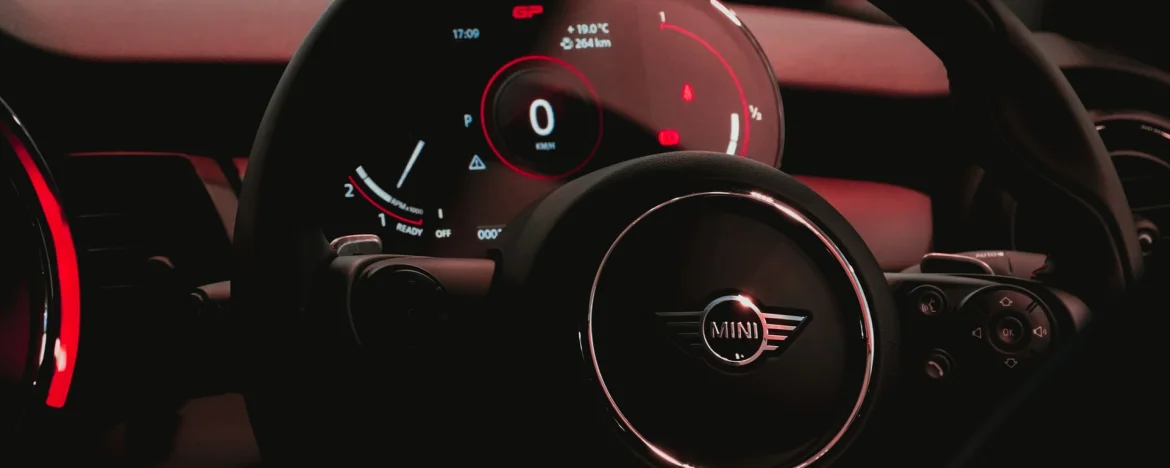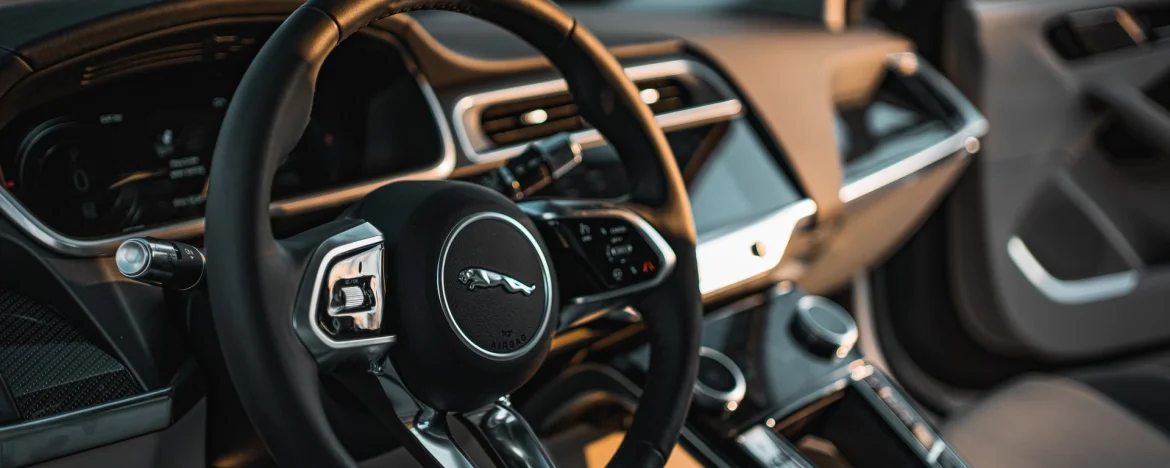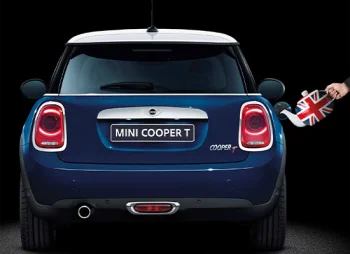It’s hard to imagine a world in which the sleek, reliable Skoda was ridiculed but way back in the dark recesses of the 1980s, that’s exactly what happened. In fact, at the time, the Czech brand was quite literally the butt of many, many jokes owing to its perceived poor-quality build.
Back then, in an age of rising consumerism, so-called Eastern Bloc cars were affordable, basic, and therefore utterly detested. Skoda and other famous doozy brand Lada became synonymous with dodgy dealers and anyone who owned one could kiss goodbye to any street cred they had.
That’s a far cry from the beloved image we have today of models like the Octavia and Fabia, which begs the question: what on earth changed?
The answer is a mixture of new owners, a bold marketing campaign and the launch of the Skoda Felicia. In 1990, iconic German behemoth Volkswagen bought Skoda Auto and set about the mammoth task of changing its brand image.
Skoda had an excellent reputation in the industry for design and innovation, so VW knew they were onto a good thing.
Inspired by the 1987 Favorit – Skoda’s early foray into small hatchback territory, which was a pretty great car – VW developed the Felicia. It was launched in 1994 and of course, was a solid vehicle.
Arguably the biggest challenge for Volkswagen though was how to change public opinion because no matter how good a car it was, in the eyes of the great unwashed, it was still a Skoda. Step forward the VW marketing team and one of the most genius campaigns ever.
Their slogan was simple: ‘It’s a Skoda. Honest’. But in acknowledging the public opinion, they gave the impression that they were in on the joke and added an air of exclusivity to the Skoda owner’s club.



